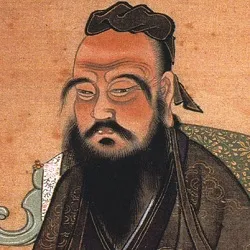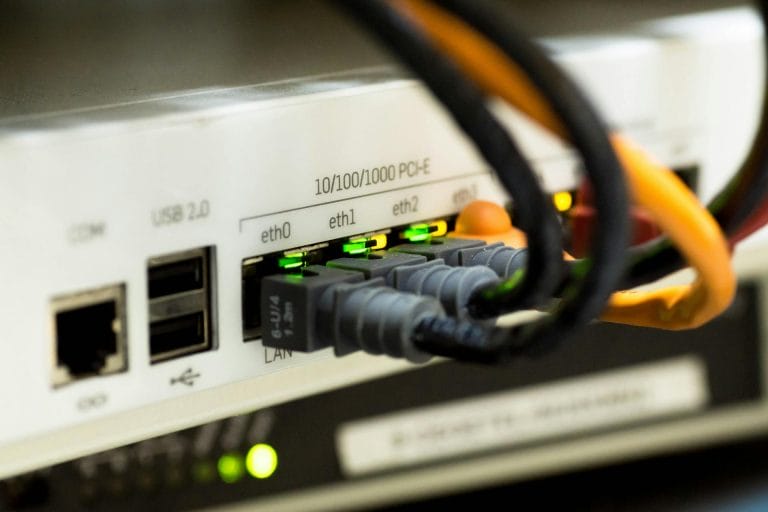- RESEARCHDistance Learning at AIU is enhanced by vast academic resources and innovative technologies build into the Virtual Campus: Hundreds of self-paced courses with video lectures and step by step lessons, thousands of optional assignments, 140,000 e-books, the Social Media & Networking platform allowing collaboration/chat/communications between students, and MYAIU develop students holistically in 11 areas beyond just academics.
- PROGRAMS OFFERED
- Areas of Study
- Courses and Curriculum
- Open Courses
- Register for a Program
- Associate Program
- Associate in Addiction Counseling
- Associate in Agriculture Food And Resources
- Associate in Anti Terrorism Security
- Associate in Behavior Analysis In Special Education
- Associate in Bioethics
- Associate in Climatology
- Associate in Cultural Theological Communication
- Associate in Culinary Arts
- Associate in Ecotechnology
- View all Associates Programs
- Bachelor Program
- Bachelors in Community Development
- Bachelors in Environmental Science
- Bachelor in Education (B.Ed, BS)
- Bachelors in Economics
- Bachelors in Entrepreneurship
- Bachelors in Financial Administration
- Bachelors in Human Resource Management
- Bachelors in Linguistics
- Bachelors in Nutritional Science
- Bachelors in Occupational Health and Safety
- Bachelors in Psychology
- View all Bachelor Programs
- Doctorate Program
- Doctor | of Biology (PhD)
- Doctorate in Business Administration (DBA, PhD)
- Doctor of Economics (PhD)
- Doctor of Electrical Engineering (D.Sc, PhD)
- Doctor of Finance (PhD)
- Doctorate in International Relations
- Doctorate in Information Technology (D.Sc)
- Doctor of Legal Studies (PhD)
- Doctor of Project Management (PhD)
- Doctor of Sociology (PhD, D.Sc)
- Doctorate in Sustainable Natural Resources Management
- View all Doctorate Programs
- Master Program
- Postdoctoral Program
- Postdoctoral in Animal Science
- Postdoctoral in Anti Terrorism Security
- Postdoctoral in Behavior Analysis In Special Education
- Postdoctoral in Bioethics
- Postdoctoral in Blockchain Technology and Digital Currency
- Postdoctoral in Business Management
- Postdoctoral in Cloud Computing
- Postdoctoral in Computer Engineering
- View all Postdoctoral Programs
AIU offers a wide range of majors in areas including the Arts, Business, Science, Technology, Social, and Human studies. More than 120 degrees and programs are available for adult learners at the associate’s, bachelor’s, master’s, doctoral and postdoctoral level. - VIRTUAL CAMPUS
Distance Learning at AIU is enhanced by vast academic resources and innovative technologies build into the Virtual Campus: Hundreds of self-paced courses with video lectures and step by step lessons, thousands of optional assignments, 140,000 e-books, the Social Media & Networking platform allowing collaboration/chat/communications between students, and MYAIU develop students holistically in 11 areas beyond just academics.
- ALUMNI
The world is YOUR campus!”, that is the message of AIU’s month magazine Campus Mundi. Hear the voices and see the faces that make up AIU. Campus Mundi brings the world of AIU to you every months with inspirational stories, news and achievements by AIU members from around the world (students and staff are located in over 200 countries).
neurophysiology
Neurophysiology of Motor Control and Muscle Function
This document explores the neurophysiology of motor control, emphasizing the roles of the motor cortex, cerebellum, and basal ganglia in coordinating muscle activity. It discusses sensory feedback mechanisms, spinal cord reflexes, and the structural anatomy of skeletal muscles, highlighting their importance in movement, posture, and maintaining equilibrium.

The document provides an in-depth examination of neurophysiology, particularly focusing on the control of motor activity, posture, and equilibrium. It begins by discussing the vestibular nuclei located in the medulla, which work in conjunction with the pontine reticular nuclei to regulate antigravity muscles. These nuclei send signals through the medial and lateral vestibulospinal tracts, which are situated in the white matter of the anterior column of the spinal cord. They receive input from the vestibular apparatus via vestibular nerve fibers and respond by selectively controlling excitatory signals to antigravity muscles, thereby maintaining balance and equilibrium.
The document also highlights the role of the basal ganglia, which, along with the cerebellum, is classified as an accessory motor system. These structures collaborate with the cerebral cortex and the corticospinal motor system to ensure smooth and coordinated movements. The basal ganglia are responsible for planning complex movements, controlling movement patterns, regulating the intensity of specific movements, and sequencing multiple successive movements to achieve specific goals in intricate settings. It receives input from the cerebral cortex and sends output signals back to it, indicating a significant interaction between the basal ganglia and the corticospinal system regarding motor control.
The basal ganglia consist of several key components, including the putamen, globus pallidus, caudate nucleus, substantia nigra, and subthalamic nucleus. The internal capsule, which lies between the caudate nucleus and the putamen, contains most of the motor and sensory nerve fibers connecting the cerebral cortex to the spinal cord. The document describes two major circuits within the basal ganglia: the putamen circuit, which is primarily involved in executing learned movement patterns, and the caudate circuit.
Additionally, the document discusses the motor cortex, which is primarily influenced by signals from the somatosensory system and other sensory modalities such as hearing and vision. After processing these sensory inputs, the motor cortex works in conjunction with the cerebellum and basal ganglia to determine the appropriate motor response. The main sensory pathways originate from adjacent regions of the cerebral cortex, the corpus callosum, and the thalamus. The ventrolateral and ventroanterior nuclei of the thalamus receive signals from the cerebellum and basal ganglia, relaying them to the motor cortex to coordinate motor functions.
The document emphasizes the feedback mechanism involved in muscle contraction, where every contraction generates somatosensory signals that return to the motor cortex, particularly to the neurons that initiated the contraction. These signals come from muscle spindles, Golgi tendon organs, and tactile receptors. Often, these somatosensory signals enhance muscle contraction through a positive feedback loop, exemplified by the ‘servo-assist’ reflex stimulation. If the intrafusal fibers of the muscle spindle contract more than the extrafusal fibers, the resulting stretch in the spindle triggers further contraction. Signals from the spindles quickly inform the pyramidal cells in the motor cortex, prompting them to increase the contraction of the extrafusal fibers until their activity matches that of the intrafusal fibers.
Finally, the document notes that various spinal cord reflex mechanisms can be activated by command signals from the brain, facilitated by a few fibers from the corticospinal tract and the rubrospinal tract that directly influence anterior motor neurons in the spinal cord’s gray matter. This comprehensive overview underscores the complex interplay between different components of the nervous system in controlling motor activity, posture, and equilibrium.
Atlantic International University
Get to know the AIU experience
Contact Us Today!
We understand how busy adults do not have time to go back to school. Now, it’s possible to earn your degree in the comfort of your own home and still have time for yourself and your family. The Admissions office is here to help you, for additional information or to see if you qualify for admissions please contact us. If you are ready to apply please submit your Online Application and paste your resume and any additional comments/questions in the area provided.
Pioneer Plaza
900 Fort Street Mall 905
Honolulu, HI 96813
800-993-0066 (Toll Free in US)
808-924-9567 (Internationally)
808-947-2488 (Fax)
AIU Success Stories







Contact Us Today!
Begin Your Journey!
AIU’s Summer of Innovation and Growth gives you the ability to earn up to $5000 in tuition credit by completing free lessons and courses.
Whether you’re looking to acquire new skills, advance your career, or simply explore new interests, AIU is your gateway to a world of opportunities. With free access to 3400 lessons and hundreds of courses the ability to earn credits and earn certificates there’s no better time to start learning.
Join us today as a Guest Student and take the first step towards a brighter, more empowered future.
Explore. Learn. Achieve.
Degrees

Contact Us
Atlantic International University
900 Fort Street Mall 905 Honolulu, HI 96813 info@aiu.edu
Quick Links
Home | Online Courses | Available Courses | Virtual Campus | Career Center | Available Positions | Ask Career Coach | The Job Interview | Resume Writing | Accreditation | Areas of Study | Bachelor Degree Programs | Masters Degree Programs | Doctoral Degree Programs | Course & Curriculum | Human Rights | Online Library | Representations | Student Publication | Sponsors | General Information | Mission & Vision | School of Business and Economics | School of Science and Engineering | School of Social and Human Studies | Media Center | Admission Requirements | Apply Online | Tuition | Faculty & Staff | Distance Learning Overview | Student Testimonials | AIU Blogs | Register for Program | Privacy Policy | FAQ



















